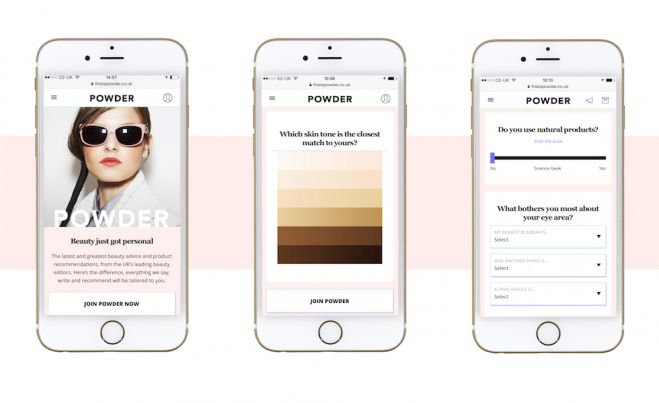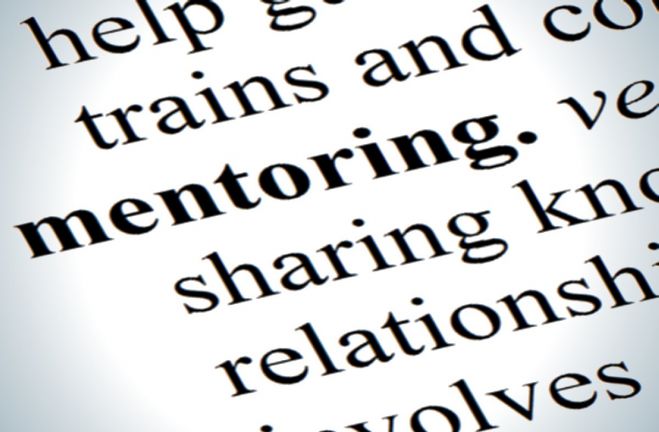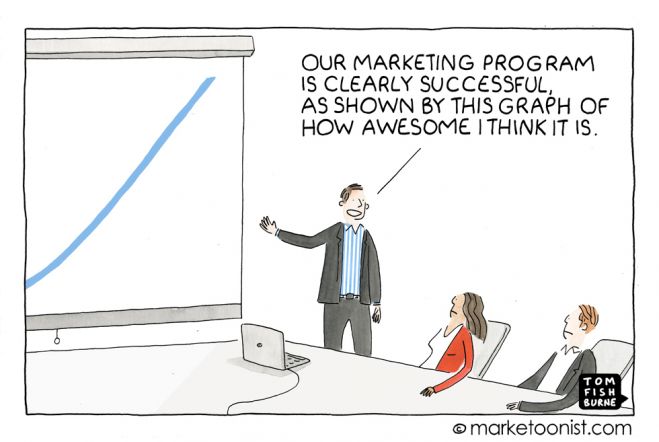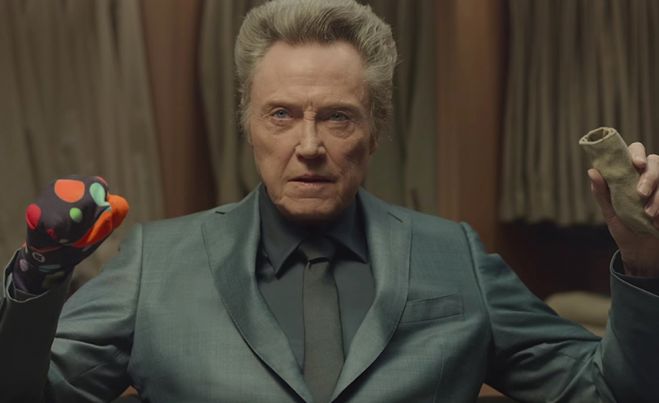The opportunity for brands as publishers move towards ecommerce
This month, Time Out magazine revealed a new look for its print product, as well as a refreshed strapline ‘Discover, Book, Share’. According to the publisher, the changes aim to “create a cleaner layout for the magazine, with a punchy, graphic feel and a distinct partnership between immediate, browsable content, and longer and richer stories”. As demonstrated by its strapline, however, the brand also aims to place a bigger focus on ecommerce. Sarah Bartlett, chief marketing officer at Time Out Group, told Marketing Week: “No longer just a content publisher, Time Out is a content and commerce platform. Our business model has evolved in line with how we can help people make the most of their social journey, and we want to maximise the opportunities to deliver a full end to end experience.” According to Bartlett, consumer insight and research showed that consumers look to Time Out for inspiration but “also want [it] to help them make it happen, whether that is booking a restaurant, buying a theatre ticket to a new show or experiencing a Time Out curated event”. She added: “By the nature of what we do – inspiring people to make the most of their city – we had an obvious stepping stone to close the loop and offer our users the chance to book it too. Our job is to bring our content and commerce together, to create a future-proofed platform that can ride the inevitable changes in today’s digital & mobile led world.” Time Inc. makes a data and ecommerce play Time Out is not the only publisher to have shifted its attention to ecommerce. In February, Time Inc., which publishes titles including Marie Claire, InStyle and Look, launched Powder in a bid to push its beauty credentials. The platform aims to provide its users…
Read more...















